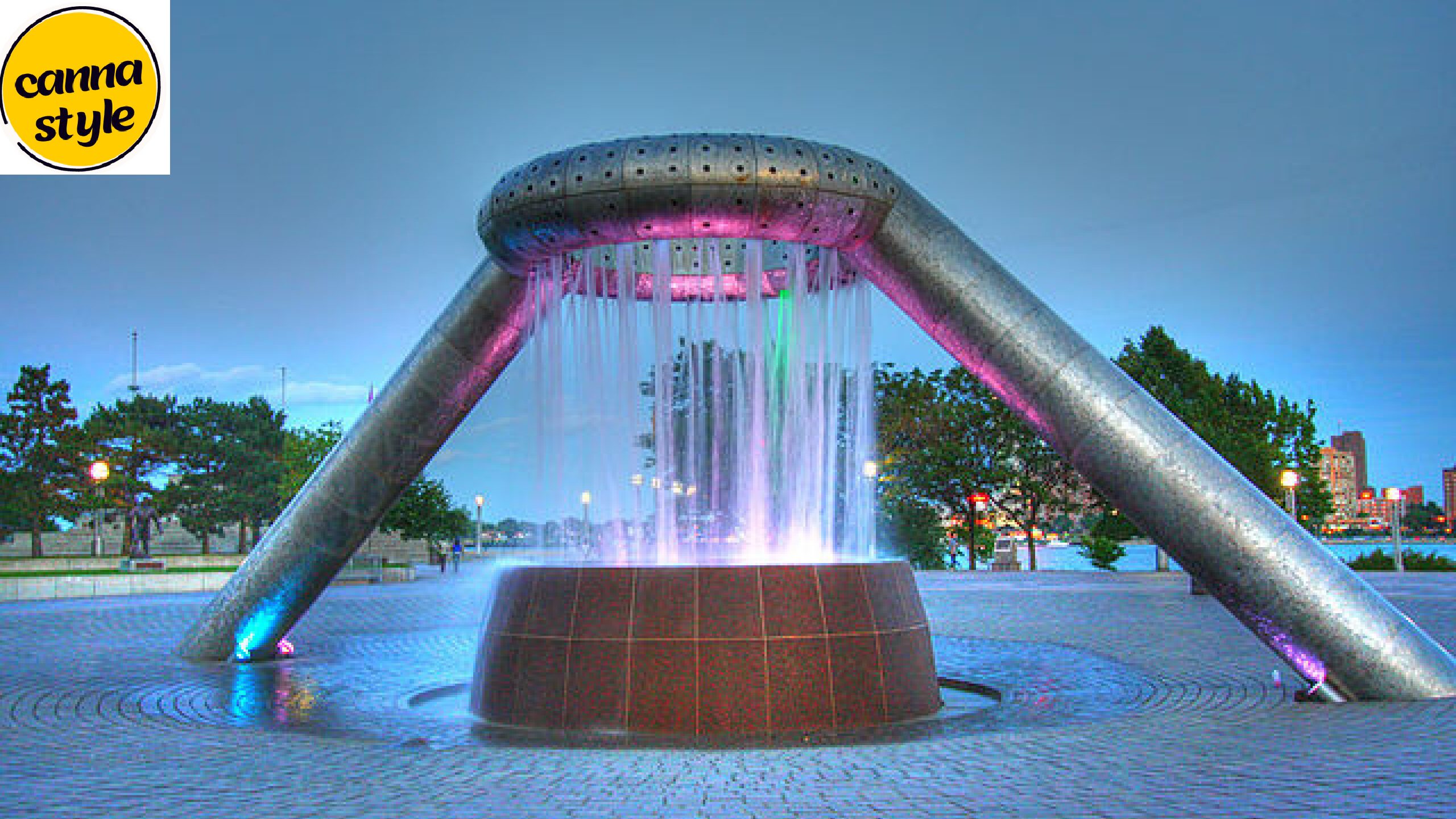Isamu Noguchi, a famous Japanese-American artist and fashion designer, is well known for his innovative sculptures and public artwork. Among his maximum charming works are his fountains, which combine art with capability, developing serene and enthralling experiences. This article explores the top Noguchi fountains you need to peer, highlighting their creative significance and the effect they have on their environments.
The Isamu Noguchi Foundation and Garden Museum Fountain
Overview of the Fountain
Located in New York City, this fountain is a centerpiece of The Isamu Noguchi Foundation and Garden Museum. Designed as a critical part of the museum’s panorama, it embodies Noguchi’s philosophy of mixing artwork with natural elements.
Design and Features
The fountain capabilities a minimalist layout with a combination of smooth stone and flowing water. Its geometric form creates a tranquil area for mirrored images, demonstrating Noguchi’s potential to merge simplicity with elegance.
Visitor Experience
The serene ambiance of the museum’s garden, accentuated by this fountain, affords a relaxing retreat for traffic. The interplay of light and water enhances the general experience, making it a need-to-see for artwork fans and calmness seekers alike.
The Noguchi Fountain at the UNESCO Headquarters
Historical Context
Installed at the UNESCO Headquarters in Paris, this fountain displays Noguchi’s international influence and his dedication to integrating artwork with structure. The assignment changed into a part of UNESCO’s broader initiative to enhance its headquarters with artistic contributions.
Artistic Elements
The UNESCO fountain functions with Noguchi’s characteristic use of abstract paperwork and natural materials. Its layout includes a chain of cascading water channels that create a dynamic visual effect whilst preserving a sense of concord.
Impact on Visitors
The fountain’s region in the UNESCO complicated adds to its importance, symbolizing the worldwide trade of cultural values. Visitors regularly admire the fountain not only for its inventive beauty but also for its role in selling international communication.
3. The Sunken Garden Fountain at the Museum of Modern Art (MoMA)
Background
Nestled in the grounds of MoMA in New York, the Sunken Garden Fountain is an iconic example of Noguchi’s work. This piece is designed to complement the museum’s modernist architecture and offer a hanging contrast to its surrounding environment.
Design and Functionality
The Sunken Garden Fountain features a sunken basin with meticulously organized stone factors and a mild water drift. This design creates a tranquil oasis in the bustling museum placing, presenting visitors with a nonviolent breakout.
Artistic Impact
The fountain’s integration into the museum’s panorama demonstrates Noguchi’s mastery in creating artwork that enhances its surroundings. It’s a favorite spot for traffic looking for a moment of calm amidst their artwork exploration.
4. The Play Mountain Fountain on the Noguchi Museum
Concept and Design
The Play Mountain Fountain, also placed at the Noguchi Museum, reflects Noguchi’s hobby in interactive and playful art. Designed as a part of the museum’s outdoor area, this fountain encourages engagement and exploration.
Features and Interaction
Featuring playful water jets and sculptural forms, the Play Mountain Fountain invitations visitors to enjoy the artwork in a tactile and immersive way. Its layout encourages interaction, making it a popular spot for families and youngsters.
Visitor Experience
The interactive nature of the Play Mountain Fountain makes it a unique addition to Noguchi’s body of work. Visitors often find joy in the fountain’s dynamic elements, which offer a hands-on approach to experiencing art.
5. The Garden Fountain at the Tokyo Metropolitan Government Building
Background and Location
Located in Tokyo, this fountain is part of the Tokyo Metropolitan Government Building complex, designed by way of architect Kenzo Tange. Noguchi’s contribution to the building’s design consists of this hanging garden fountain.
Design and Aesthetics
The Garden Fountain is characterized using its large, summary paperwork and flowing water. Noguchi’s use of natural substances and minimalist design ideas are obvious, developing a harmonious integration with the encompassing architecture.
Cultural Significance
The fountain provides a cultural size to the Tokyo Metropolitan Government Building, enhancing the cityscape with its inventive presence. It serves as a symbol of modernity and artistic innovation in unexpectedly evolving city surroundings.
The Fountain of Light on the San Francisco International Airport
Project Overview
The Fountain of Light is placed inside the global terminal of San Francisco International Airport. This setup displays Noguchi’s potential to create art that interacts with public areas and complements the journey enjoyed.
Design Elements
Featuring an aggregate of light and water outcomes, the Fountain of Light creates a visually pleasing enjoyment for tourists. Its layout incorporates Noguchi’s signature style of blending summary bureaucracy with functional factors.
Impact on Travelers
The fountain’s location in a hectic airport makes it a high-quality characteristic for travelers. Its calming presence offers a moment of respite and contemplation on the tour revel in.
The Peace Fountain on the Hiroshima Peace Memorial Museum
Historical Context
The Peace Fountain at the Hiroshima Peace Memorial Museum was commissioned to symbolize desire and reconciliation in the wake of the atomic bombings. It displays Noguchi’s commitment to developing artwork that addresses profound human studies.
Artistic Approach
The fountain capabilities symbolic paperwork and a flowing layout that inspires an experience of peace and healing. Its placement within the museum underscores its position as a poignant reminder of the long-lasting human spirit.
Visitor Reflection
The Peace Fountain serves as an area for traffic to mirror the themes of peace and reconciliation. Its artistic simplicity and profound which means contributes to the memorial’s impact on people who visit.
Conclusion
Isamu Noguchi fountains are more than mere water features; they’re reflections of his inventive vision and his capacity to harmonize art with the natural world. From the serene gardens of New York to the symbolic installations in Hiroshima, those fountains offer unique studies that exhibit Noguchi’s creative genius. Whether you are an artwork aficionado or a person seeking tranquility, these top Noguchi fountains provide a window into the profound beauty and progressive spirit of one of the 20th century’s maximum influential artists.







